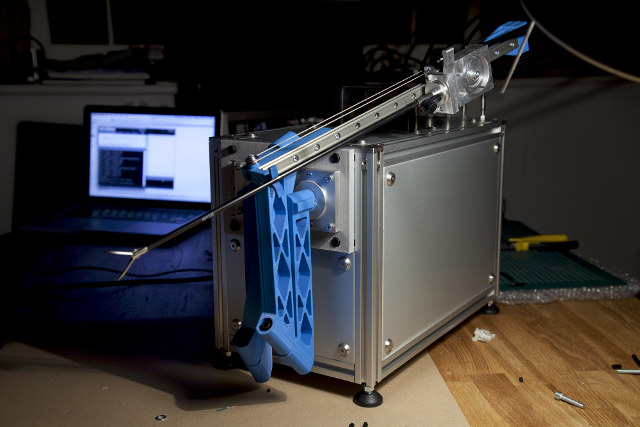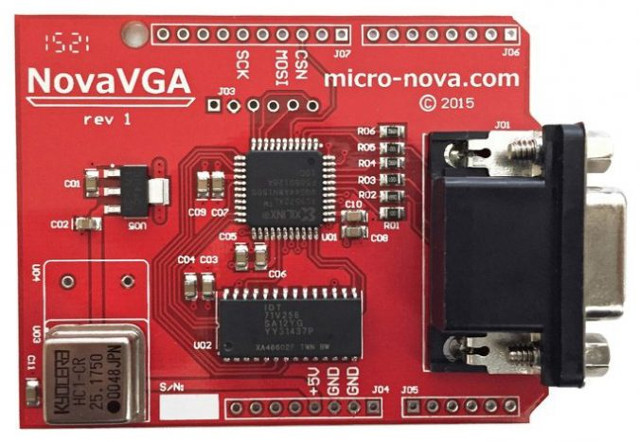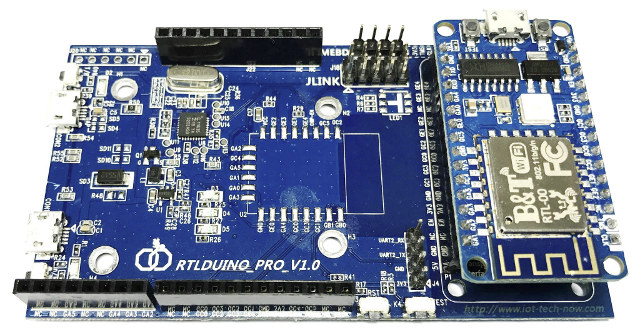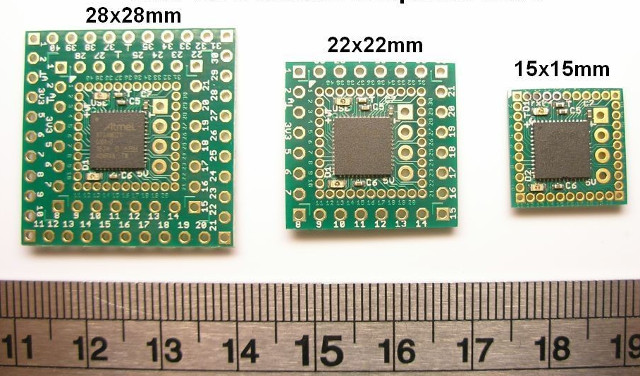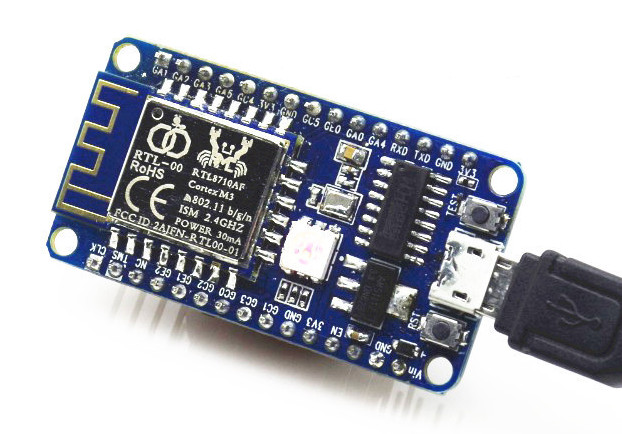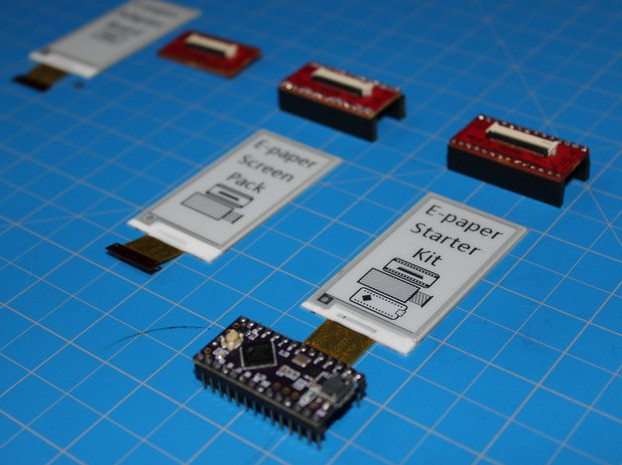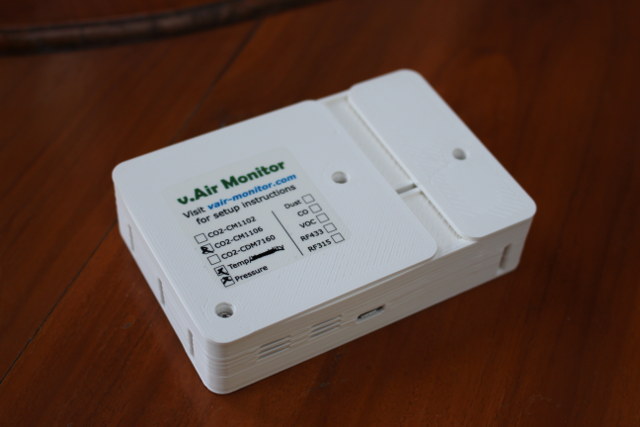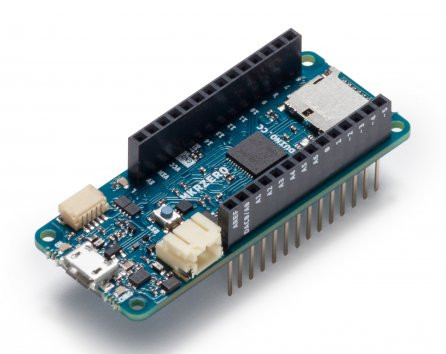Medical equipments can be really expensive because of the R&D involved and resulting patents, low manufacturing volume, government regulations, and so on. Developed countries can normally afford those higher costs, but for many it may just be prohibitively expensive. The Open Surgery initiative aims to mitigate the costs by “investigating whether building DIY surgical robots, outside the scope of healthcare regulations, could plausibly provide an accessible alternative to the costly professional healthcare services worldwide”. The project is composed of member from the medical, software, hardware, and 3D printing communities, is not intended for (commercial) application, and currently serves only academic purposes. Commercial surgical robots can cost up to $2,000,000, but brings benefits like smaller incisions, reduced risks of complications and readmissions, and shorter hospital stays thanks to a faster recovery process. There have already been several attempts within the robotics community to come up with cheaper and more portable surgical […]
NovaVGA Shield Adds VGA Output to Arduino Boards
Arduino boards are convenient to control I/Os, link LEDs, and display info on small LCD displays, but if you want to output data to a larger monitor, it’s a bit more complex. NovaVGA shield for Arduino simplify the task of outputting data to a VGA monitor over SPI. NovaVGA shield hardware specifications: CPLD – Xilinx XC9572XL CPLD, user programmable via JTAG interface. SRAM Framebuffer – 160×120 pixels @ 6-bit color (2^6 = 64 possible colors) VGA Output – 640×480 @ 60Hz physical resolution (25.175MHz pixel clock) Interface with MCU – SPI mode 1 interface (consumes only three Arduino pins) Header pins not included MicroNova provides an Arduino library with various examples such as color palette, Mandelbrot, Tetris and text console, as well as a user’s guide and PDF schematics that can all be downloaded directly on the product page. NovaVGA shield sells for $29 on Tindie or directly on MicroNova […]
RTL8710 Ameba Arduino Development Board and Ameba Arduino v2.0.0 SDK Released
We’ve already seen a NodeMCU lookalike board called RTLDuino based on Realtek RTL8710AF ARM Cortex M3 WiSoC earlier this month, that can be programmed with a community supported Arduino port also called rtlduino via a JLink SWD debugger, but now Realtek has just launched Ameba RTL8710 Arduino board, and released Ameba Arduino v2.0.0 SDK which brings official Arduino support to RTL8710AF platforms. There appears to be two versions of the development kit: RTLDUINO_PRO_V1.0 and REALTEK-AMEBA_RTL8710_V2.0, but based on the user manual they seem to be identical, and as you can see from the above picture, it includes a baseboard and the aforementioned RTLDuino board. RTL8710 Ameba Arduino HDK key features: SoC – Realtek RTL8710AF ARM Cortex-M3 MCU @ 83 MHz with 802.11 b/g/n WiFi, hardware SSL engine connected to the baseboard via: RTLDuino board through female header B&T RTL-00 module soldered on module footprint USB – 2x micro USB ports, […]
SAM 15×15 is a Tiny Arduino Zero Compatible Board based on Atmel SAMD21G18 MCU
Arduino Zero is an official Arduino board based on UNO r3 form factor but using Atmel SAMD21G18 ARM Cortex M0+ MCU instead of an AVR MCU. Albert van Dalen has decided to design a compatible module based on the same MCU, and called SAM 15×15, as its size can be trimmed down to as low as 15×15 mm. SAM 15×15 comparison with Arduino Zero and Uno boards. SAM 15×15 Arduino Zero Arduino Uno Microcontroller ATSAMD21G18A ATSAMD21G18A ATmega328P Digital I/O Pins digitalWrite digitalRead 34 20 14 Analog Output Pins (PWM) analogWrite 24 10 6 Analog Input Pins (ADC) analogRead 14 6 6 ADC resolution 12-bit 12-bit 10-bit 10-bit DACs 1 1 0 Flash Memory 256KB 256KB 32KB SRAM 32KB 32KB 2KB EEPROM 32KB (emulated in Flash) 32KB (emulated in Flash) 1KB CPU Speed 48MHz 48MHz 16MHz The board allows for three form factors to match your specific needs: 28 x 28mm […]
$10 RTLDuino is an Arduino Compatible WiFi IoT Board based on Realtek RTL8710AF WiSoC
Last summer, we discovered a cheap RTL8710AF WiFi module with many of the same function as ESP8266, but with an ARM Cortex M3 core instead. The only problem is that it was not quite as easy to play with as ESP8266 boards, as at the time I started by playing with AT commands with B&T RTL00 RTL8710AF module, and later on, I got a more convenient PADI IoT Stamp with breakout board, but if you wanted to change the firmware you had to play with the SDK and a J-Link SWD debugger. Realtek RTL8710AF did not offer the convenience of Arduino IDE program like its big brother “RTL8195AM” from the same Ameba family. I know mbed is being worked on, but in the meantime things have changed for the better, as kissste informed me that RtlDuino implementation added Arduino support to RTL8710AF and RTL8711AM modules, and an NodeMCU-like board with […]
SonikTech e-Paper Shield Starter Kit Relies on Teensy LC MCU Board
Soniktek Electronics has designed the “e-Paper Shield Starter Kit” featuring Pervasive Displays’ E2215CS062 e-paper screen, and an adapter board to connect it to Teensy LC (Low Cost) board powered by NXP Kinetis L ARM Cortex M0+ microcontroller @ 48 MHz, or other 3.3V MCU boards supporting SPI. Adapter board & display specifications: Supports Pervasive Displays 2.15″ E2215CS062 e-paper screen with 208 x 112 resolution, no backlight required, fully sunlight-readable Communication protocol – SPI @ 3.3V Sensor – On-board thermometer with I2C interface Dimensions – Screen: 48 mm x 26 mm; adapter board fits into Teensy-LC module (36x18mm) The advantages of e-Paper display are that they don’t require power to maintain an image, and they can be read in sunlight, just like actual paper. I can’t remember having seen many – if any – low cost e-Paper development kits so far, and the project is open source hardware with design files and […]
ESP8266 based Wireless Air Quality & Environmental Monitors Teardown – Sonoff SC and vThings CO2 Monitor
The mailman delivered two parcels today, and interestingly enough they have a similar functionality measuring air quality and environmental data such as temperature. The first package was ITEAD Studio Sonoff SC environmental sensor with ESP8266, an Atmel MCU, DHT11 temperature & humidity sensor, a dust detector, a light sensor, and a microphone, while the second was v-Air Monitor vThings CO2 monitor v3 also based on ESP8266 with a CO2 sensor and other optional sensors. I’ll test both with their stock firmware later on, but today I’ll have a look at the hardware design. v-Air Monitor vThings CO2 monitor specifications While I’ve already written about Sonoff SC, it’s the first time I cover v.Air Monitor products, so let’s start with the specifications of vThings CO2 Monitor v3: SoC – Espressif ESP8266 WiSoC Connectivity 802.11 b/g/n WiFi Optional RF315 / 433 MHz RF module Sensors CO2 Sensor (one of them) CM1106 NDIR […]
Arduino MKRZero is a Smaller Arduino Zero Board
Arduino Zero was unveiled over two years ago with an Atmel SAMD21G18 ARM Cortex M0+ MCU in Arduino Uno Rev.3 form factor, the company has now launched Arduino MKRZero with the same MCU but using the much smaller Arduino MKR1000 form factor. Arduino MKRZero specifications: MCU – Atmel/Microchip SAMD21 32-bit ARM Cortex M0+ MCU @ 48 MHz with 32 KB SRAM, 256 KB flash (8KB for bootloader) External Storage – micro SD slot Digital I/O Pins – 22x GPIOs with 12x PWM, UART, SPI, and I2C, 8x external interrupts Analog Pins – 7x analog inputs (8/10/12-bit ADC), and 1x analog output (10-bit DAC) DC Current per I/O Pin – 7 mA USB – 1x micro USB port for power and programming Debugging – USB via Atmel’s Embedded Debugger (EDBG) on-board debugger, and JTAG Misc – reset button, 1x LED (pin 32), 32.768 kHz RTC Power 5V via micro USB port […]


